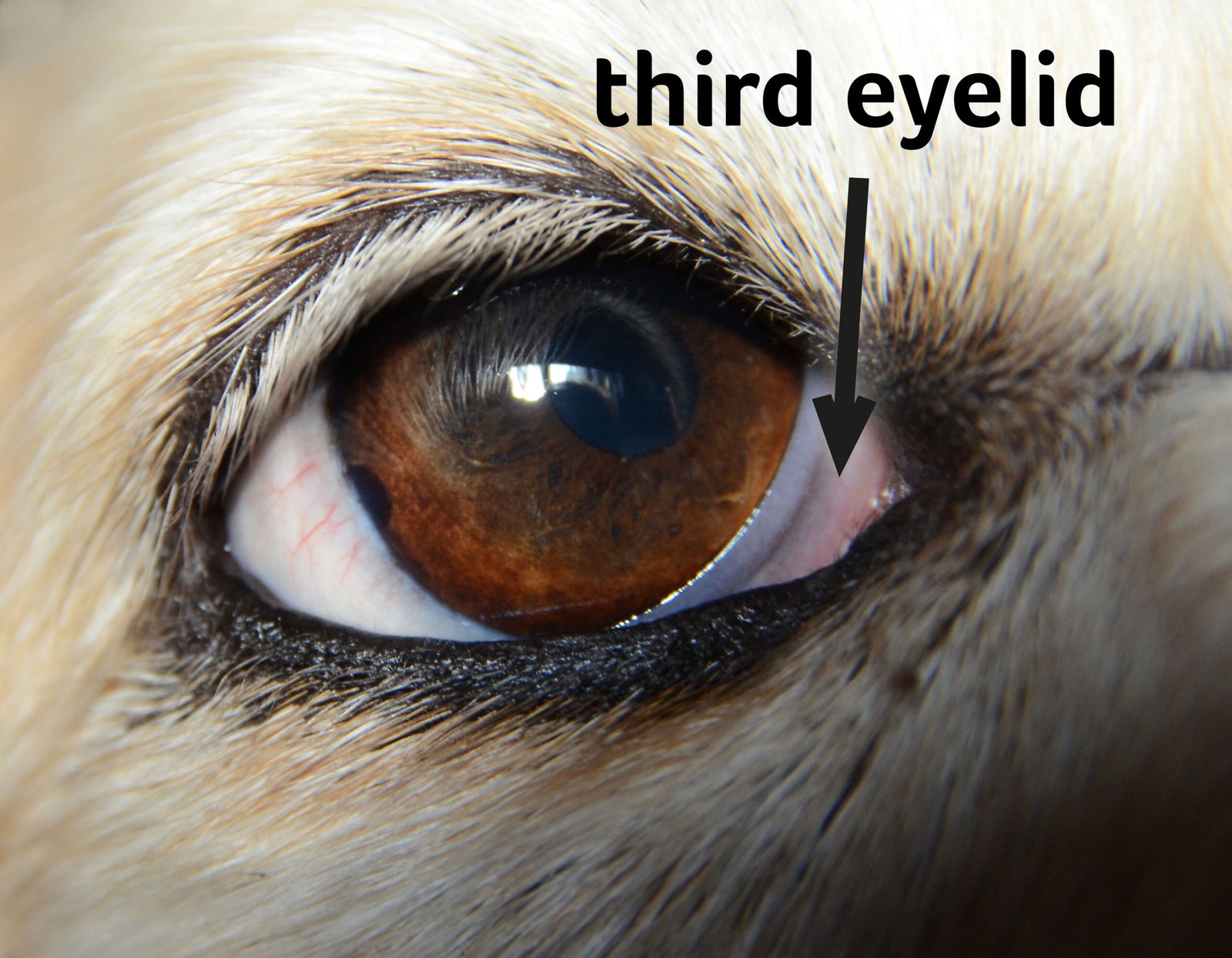Our pets are more than just animals; they are our companions, part of our family, and they depend on us for their wellbeing. This responsibility often extends beyond regular feeding and walks, into the realm of their health and safety in the environment they live and play in.
One commonly overlooked threat to our pets’ safety comes from a type of weed that might be growing right in your backyard, or in the parks and trails where you take your pet for a walk. This seemingly innocent plant, known as the foxtail, can pose a serious health risk to our pets.

Foxtails are a type of grassy weed found across North America. They are easily identifiable by their spikelet or cluster of seeds, which resembles the tail of a fox, hence the name “foxtail”. This plant is most commonly found in open fields, but can also grow in urban areas, along sidewalks, and in our yards. The greatest danger to our pets comes from the barbed seed heads of the foxtail.
These barbed seed heads are designed to burrow into the ground with the help of the wind, aiding the plant’s reproduction. However, they can also penetrate through the fur of our pets and embed themselves in the skin, or worse, get into the ears, eyes, nose or mouth. Because of their barbed design, once they’ve penetrated, they can continue to move further into the body, potentially leading to severe complications or even death.
So, when does the foxtail pose a threat? The danger is most acute during the dry season when the plant dries up and the seed heads fall off. These can easily latch onto your pet as they pass by, especially if they are running through a field or digging in an area where foxtails are present.

If your pet has come into contact with foxtails, there are several signs that you should look out for. They may start to excessively lick or chew at an area where a foxtail has penetrated the skin. If a foxtail has entered an ear or nose, your pet may shake their head frequently, or sneeze persistently. In severe cases, a visible abscess may form, or your pet may become lethargic or show signs of pain. If you notice any of these signs, it’s important to examine your pet carefully.

When examining your pet, look for foxtails in their coat and remove any that you see. Be sure to check the areas between their toes, under the collar, and within the ears and nostrils. If you suspect that a foxtail has penetrated your pet’s skin or has been ingested, it’s crucial that you seek veterinary attention immediately.
To protect your pet from the dangers of foxtails, it’s important to regularly check their coat, especially after walks or playtime in areas where foxtails may be present. Avoiding areas with dense foxtail growth during the dry season can also help reduce the risk. Training your pet to respond to commands like “leave it” can be invaluable in preventing them from sniffing or eating these dangerous plants.
Remember, when it comes to the health and safety of your pet, prevention is always better than cure. Keep an eye out for these pesky weeds and ensure that your pet stays safe from the hidden dangers of foxtails.




Leave a Reply